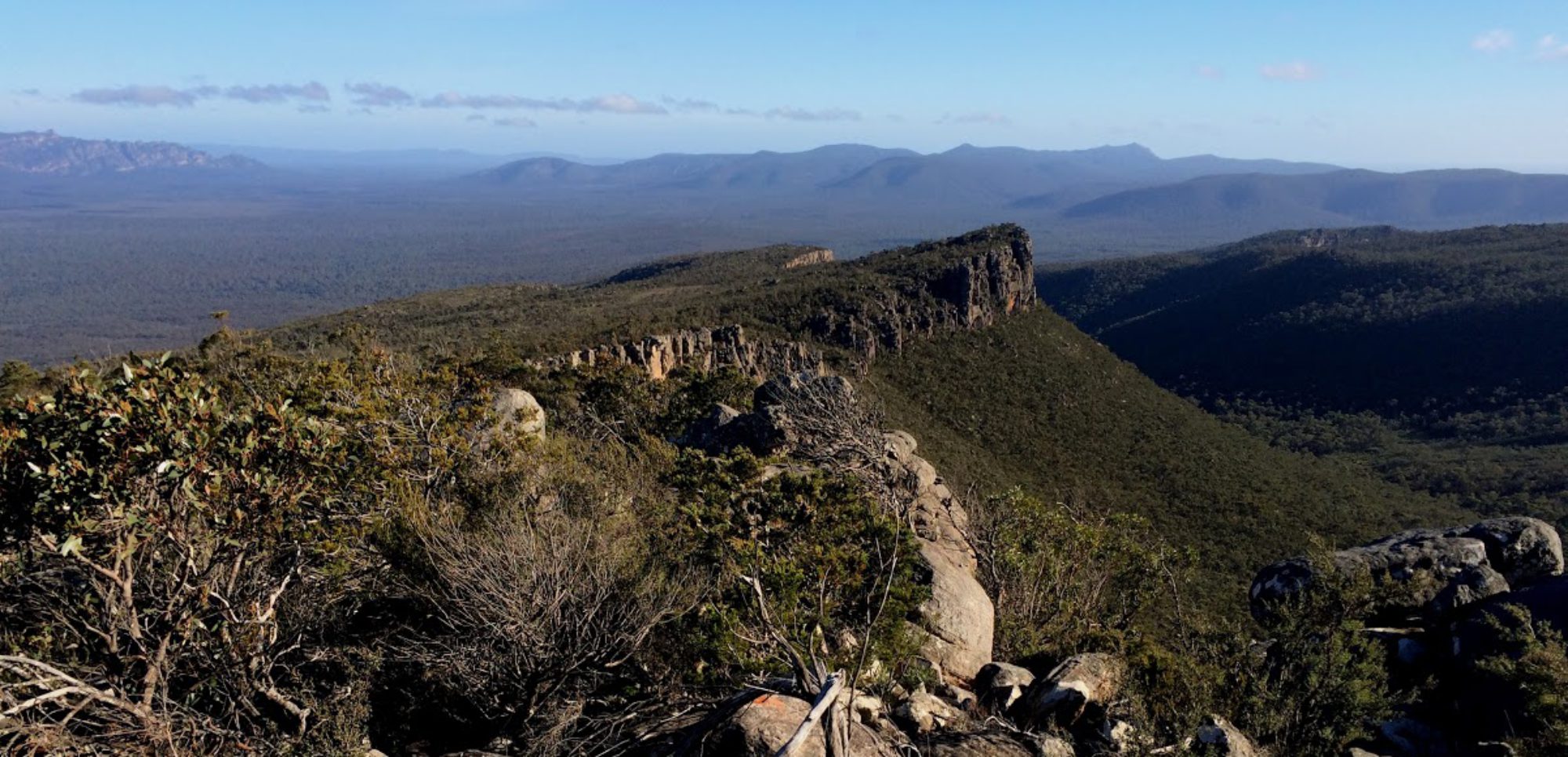Reading Time: 2 minutes
Huts of varying type, quality and ownership are located in many popular bushwalking and ski touring areas. Huts can offer shelter and warmth.
However, a hut should never be relied on because it:
- can be difficult to locate especially in adverse weather and snow
- may be full with other groups – this is common
- may no longer exist or be very dilapidated
- may be locked
A group must always be fully equipped to camp away from huts.
Fire safety in a hut
Fire safety in a hut is paramount. Sadly, many bush huts have been burnt down due to people’s carelessness with the fire or a stove; some very historic huts are now gone.
- The fireplace fire must be kept modest in size, watched at all times and thoroughly extinguished on leaving.
- Stoves must be refilled outside, and are best used outside too. Novice stove users should never use a stove inside a hut.
Hut etiquette
- Use the fire primarily for warmth. A fire is a great morale booster in bad weather. Cooking is difficult and drying clothing is ineffective.
- Cook outside if the hut is crowded.
- Refilling liquid fuel stoves or changing gas cartridges must be done outside.
- Personal gear should be kept neat, tidy and out of the way (e.g. on a bunk)
- Hygiene is very important
- Benches may be contaminated – be careful placing utensils and food
- Water sources near huts can be contaminated and cause serious illness.
- When using snow for water, ensure that your supply is not contaminated.
- If a toilet is provided, use it.
- Replenish any firewood used, leave dry kindling by the fireplace.
- Carry out all rubbish; do not leave any food as it attracts animals
- Leave the hut clean and tidy
- Ensure the door is closed and latched
Hut log book
The log book can provide useful local and current information.
Groups should put a brief entry recording their details and intentions that is sufficient for search and rescue purposes.
Little creatures
Some huts can be frequented by native animals such as small marsupials and possums. Vermin such as rats and mice may also be present. This can make for an unpleasant night.
Packs, food bags and stuff sacks should be hung from hooks or rafters.
Privately owned huts
Some privately owned huts may be available for public access while others may be locked and unavailable.
Some huts may have been abandoned by their owners and become very dilapidated.

